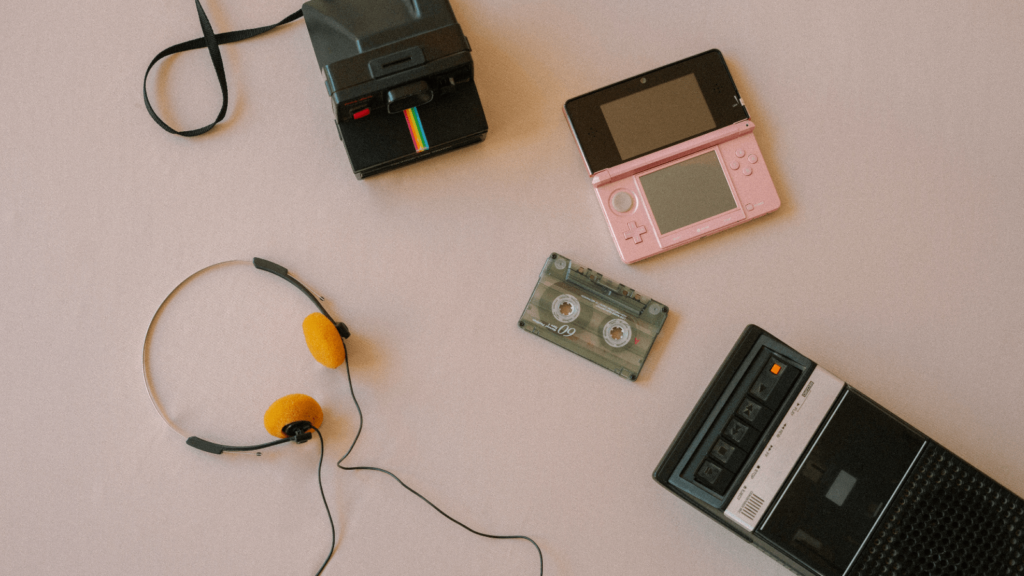From synth-heavy pop throwbacks to ‘90s-style music videos and cassette tape releases, nostalgia has fully taken over the sound and aesthetic of modern music. But why are so many artists and listeners drawn to the past right now?

It’s comforting in uncertain times
In times of uncertainty, we often look backward to find stability. With everything from global crises to personal burnout affecting daily life, music that reminds us of “simpler times” offers comfort and familiarity.
That’s why we’re seeing a resurgence of retro sounds—whether it’s 2000s pop-punk, ‘80s synths, or classic soul influences. These sounds tap into memories and feelings from a time when life felt more predictable, or at least more hopeful.
Streaming encourages genre blending
Today’s listeners aren’t locked into one genre, thanks to streaming. We can jump from 1970s funk to early 2010s indie in a single playlist. Artists take advantage of this by blending eras—pulling from the past to create something that feels both fresh and familiar.
This cross-generational mash-up gives music a nostalgic edge without being outdated. Think of it as “new nostalgia”—where past styles are remixed for the now.
Y2K culture is having a full-circle moment
From fashion to film to music, Y2K aesthetics have returned in a big way. The early 2000s, once dismissed as cheesy or over-the-top, are now seen as iconic. Younger listeners are embracing the era’s hyperpop, R&B slow jams, and TRL-era bangers—even if they weren’t around for it the first time.
For millennials, it’s a chance to relive their youth. For Gen Z, it’s a whole new world to explore.
Nostalgia sells (and algorithms know it)
Nostalgia isn’t just emotional—it’s profitable. Music that evokes a certain time period tends to perform well because people already feel connected to that sound. And with streaming platforms tracking every play, skip, and save, the algorithm often favours songs that “feel familiar”.
Whether it’s a sample from an old hit or a cover of a beloved track, there’s data to support the idea that nostalgic music keeps listeners engaged.
Artists are reflecting on their roots
Many artists are now making music that reflects where they came from—musically and emotionally. That means drawing inspiration from the songs they grew up with, or the genres that first made them fall in love with music.
It’s not just about copy-pasting the past. It’s about reinterpreting it with today’s lens—using retro influences to tell modern stories.
Nostalgia in music isn’t just a trend—it’s a way of connecting with who we are, who we were, and where we’re going. It blends memory with melody, creating songs that resonate deeply, even if they sound like they belong to another time.
So whether you’re vibing to synthwave, rediscovering old-school hip-hop, or making playlists that feel like a time machine, know this: nostalgia isn’t about living in the past—it’s about bringing the best of it into the present.



